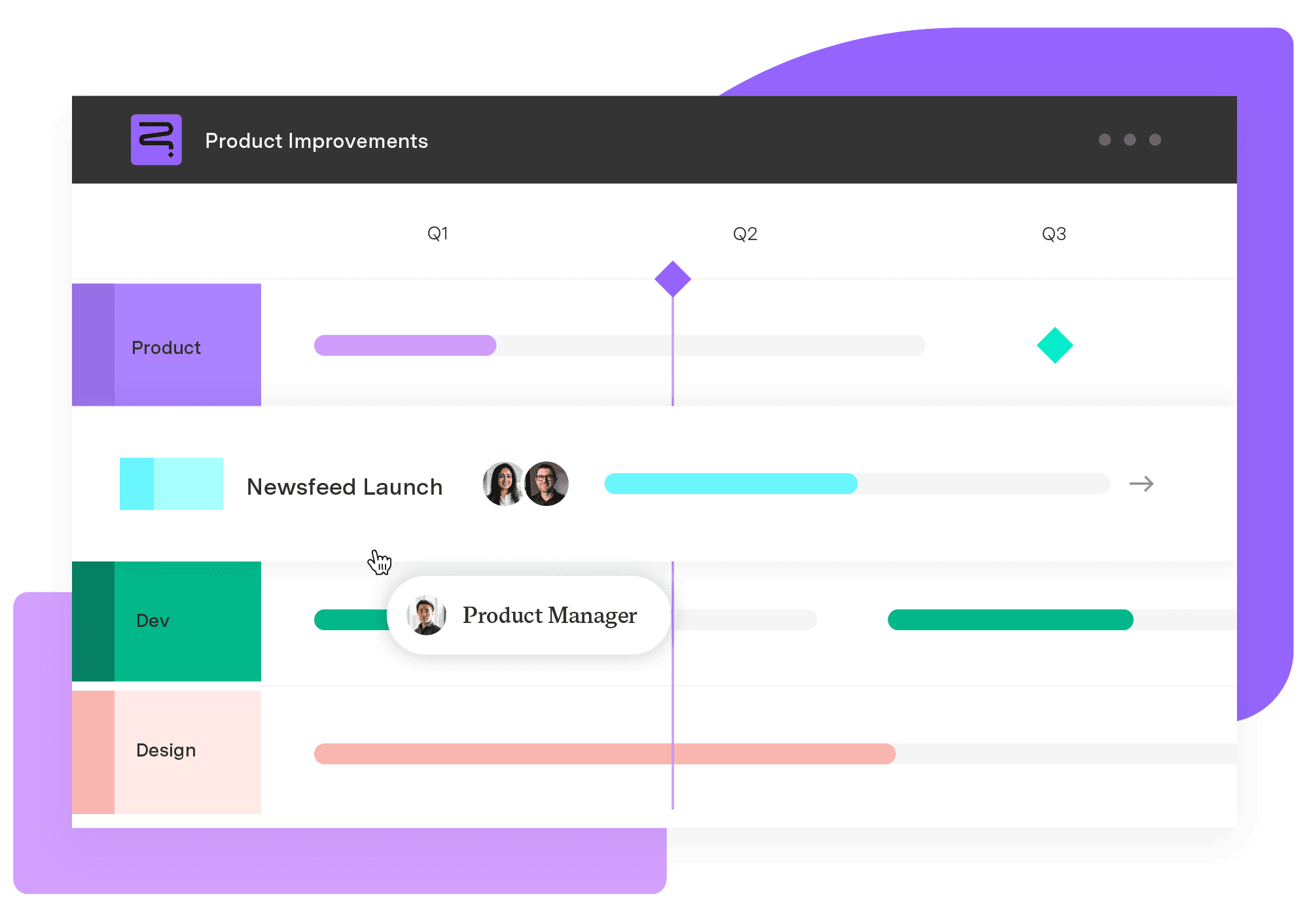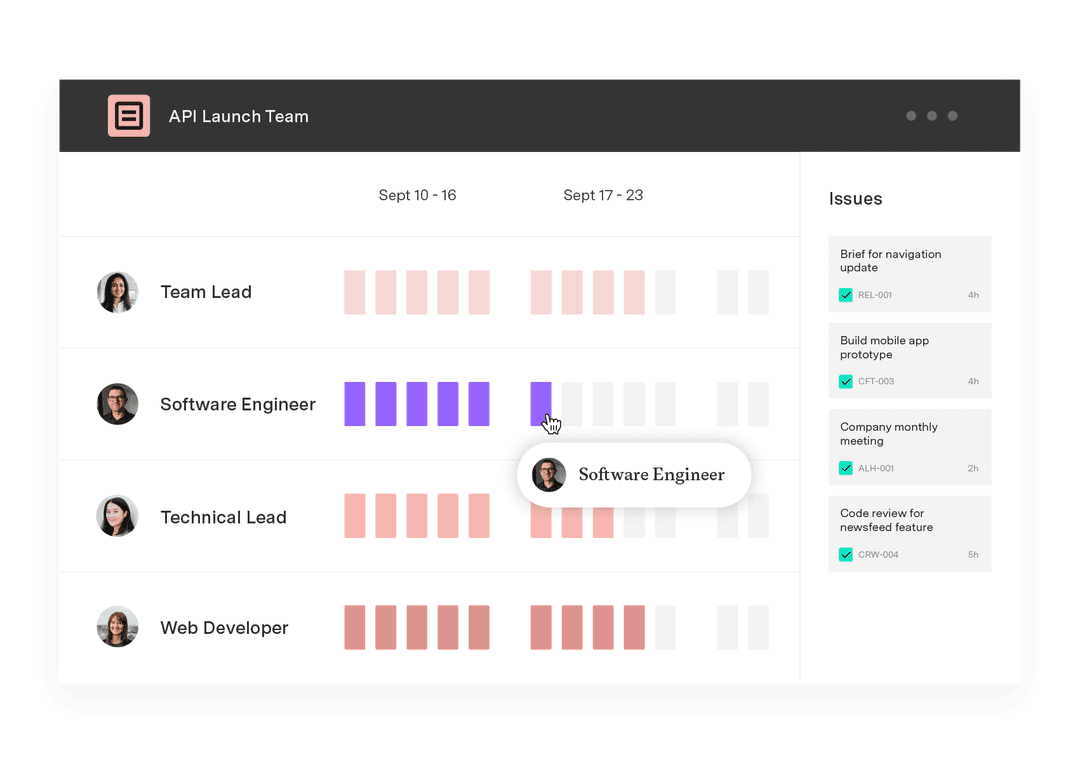How Arizona State University solves large-scale resource and roadmapping challenges with Tempo
Tempo Team
When you don’t have data to make decisions, you’re relying on guesswork – or you’re stuck reacting after a project has already gone off the rails.
Several years ago, Arizona State’s University technology office (UTO) had a data blindspot: “Essentially, there was no visibility into what everybody was working on,” said Jude Chavanne, Atlassian systems administrator. That meant no systematic, data-informed way to understand departmental capacity and allocate resources.
Then came Capacity Planner, an app designed to provide exactly the data visualizations to solve that problem. It was easy to launch, it was accessible even for users without much technical knowledge, and it showed the office what it needed to know.
Edwin Amador, another Atlassian systems administrator, said Planner has become instrumental to the office’s capacity planning.
“We can pinpoint who needs help, we can pinpoint who needs resourcing, we can pinpoint where a project is failing, and where a project is succeeding – and that’s all from the Planner by Tempo features,” Amador said.
However – Capacity Planner isn’t the only Tempo app helping Arizona State University (ASU) departments optimize their resources and align on planning. They are also using Tempo's Strategic Roadmaps and Timesheets as a unified toolkit to help with their entire workflows from strategy to execution.
Watch how ASU solves large-scale resource and roadmapping challenges with Tempo
Watch videoUsing Jira apps to organize time and capacity data
ASU is a big place: One of the largest public research universities in the U.S., serving 78,000 students on campus and 58,000 online. A complex organization, ASU needs powerful solutions to serve these thousands of students, plus faculty and staff.
The UTO provides the digital ecosystem that supports the entire institution – and it faces the same challenges as any enterprise product development organization. Multiple teams have to collaborate on interconnected initiatives. The organization delves into complex product development and must navigate intricate planning, collaboration, and resource management needs.
As Amador said, Planner gives the office data to distribute critical resources to different teams and products as needed.
Tempo Planner features such as the resource planning page make it easy to resolve resource and capacity challenges as they arise, Amador said. Planner features such as skills and experiences add additional insights as UTO decides how to allocate resources.
Resolving critical data issues and gaps with Timesheets
Once projects are in flight, monitoring time and gaining insights from time data is crucial for effective resource allocation. The UTO uses Timesheets to solve problematic data gaps, using it for detailed insights on how much time UTO team members are spending on specific projects.
“We’ve worked extensively with Timesheets to resolve these data challenges related to time-tracking,” Amador noted. That means ASU has the data it needs to make informed budget decisions, he added, which has been instrumental to both the UTO and the university as a whole.
With Timesheets, it’s easier for the UTO to make adjustments to teams and resources as needed, based on project and production results. The UTO also finds it easier to show each team member's work in context.
“Timesheets has helped us identify gaps and identify our stars,” Amador said. “Ultimately, our teams are a lot happier when it comes to showcasing their work. They feel like their work is visible and taken into account.”
Amador’s team has been able to rely on the Tempo customer team to get more use out of Planner and easily access the metrics it needs for better decision-making.
Roadmapping and setting priorities with Strategic Roadmaps
Meanwhile, other areas of ASU are delving into Tempo’s suite of products to manage their projects and portfolios.
When ASU’s Mary Lou Fulton Teachers College wanted to explore new offerings to support educators and others in the community, the college launched a product development initiative.
The college needed a dedicated roadmapping tool to guide strategy and efforts – and discovered Strategic Roadmaps to help determine what products to build, and in what sequence. ASU product manager Paul Strong says Strategic Roadmaps made it easier for the team to coalesce around a single roadmap that was always up to date.
Having a user-friendly roadmap helps keep teams and projects from breaking off into silos – a common hazard of product development at a large organization. With their roadmap, the product team has one place to track goals, requests, and features as they progress on the work.

Roadmaps' features turn these roadmaps into powerful communication tools for product teams and other stakeholders: For example, its filtering capabilities let the product team share a roadmap that can be customized to show only relevant details depending on the role of the viewer.
“[Strategic Roadmaps] lets you tailor your communications to different teams,” Strong said.
In addition, Roadmap’s ideas and prioritization feature can help teams create a guideline to keep their priorities focused as they determine what to build and how to build it.
Seeking out user-friendly solutions
Tempo apps Strategic Roadmaps, Timesheets, and Planner all meet different stages of project planning and execution, but they’re all easy for non-technical teams to quickly adopt. That element is essential to get the most out of any solution – without widespread adoption, for example, the roadmap will fall into disuse, or the time-logging data won’t be comprehensive or accurate, and therefore it won’t be actionable.
As Chavanne said of Capacity Planner: “What we kind of used as a litmus test was, with some of these users who are technologically challenged – how well can they adapt to it?”
Planner passed the test – “It’s been incredible to see how well people have taken to Capacity Planner and are seeing the value of it almost immediately,” Amador said.
Where the departments at ASU ran into difficulty, Tempo customer service helped fill the gaps, Amador said, noting that the customer success team was there to guide them whenever they got stuck. “The relationship with the people at Tempo is almost as important as the tool itself.”


